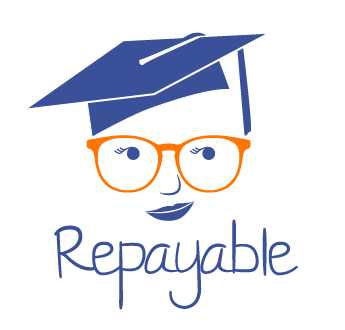
Ask Jeni: Avalanche vs Snowball
Ask Jeni is brought to you in partnership with tuition.io, a company dedicated to helping the best companies free their employees from student loan debt.
I’ve heard about two different ways to pay for my loans called avalanche and snowball. How do I decide which one to use? Which one would save me more money?
Avalanche and snowball methods are two different approaches for repaying your debt that guide which loans you apply extra payments to based on loan size and interest rate.
If you have only one loan these principles don’t apply. If you are only making the minimum payment each month, the loan servicer directs how that payment is divided among your existing loans.
The avalanche method is the strategy of applying your extra payment to the highest interest loan first so you can pay the least amount of interest.
The snowball method is about applying your extra payment to the smallest loans first, regardless of their interest rates, so you can build on that momentum to tackle larger loans.
From a purely numerical standpoint the avalanche method will save you more money.
Here’s an example to highlight the differences. John Doe has three student loans. He has an extra $150 each month to pay down his student loans.
| $5,000 | 4.54 % |
| $15,000 | 6.8% |
| $25,000 | 5.5% |
Under the Avalanche method John Doe would apply his extra payments to his $15,000 loan first because it has the highest interest, followed by the $25,000 loan, and finishing with the $5,000 loan.
Under the Snowball method he would apply his extra payments to the $5,000 loan first because it’s the smallest, followed by the $15,000 loan, and finishing with the $25,000 loan.
If your primary concern is to save the most money, apply your extra payments to the highest interest loans first.

Recent Comments